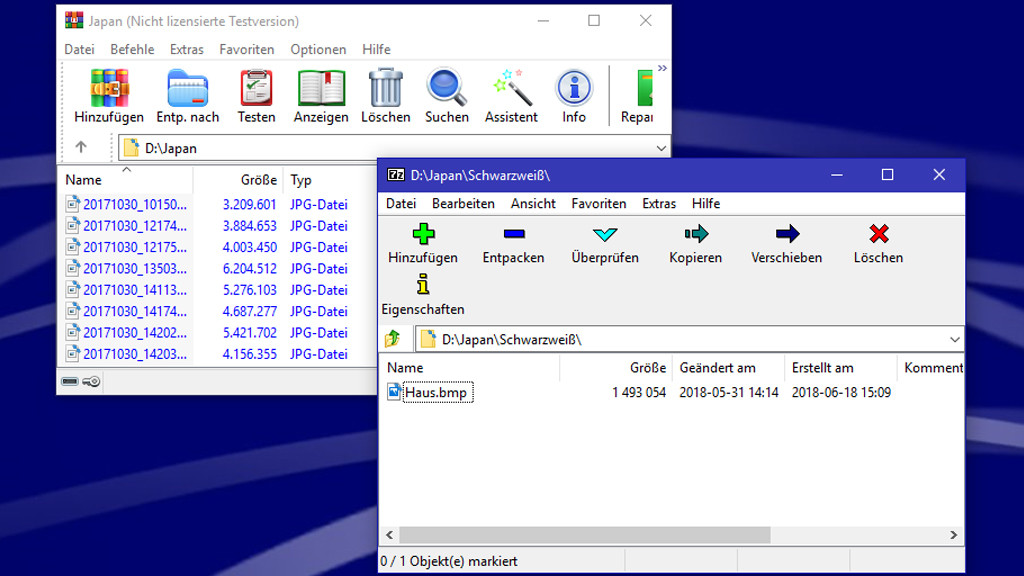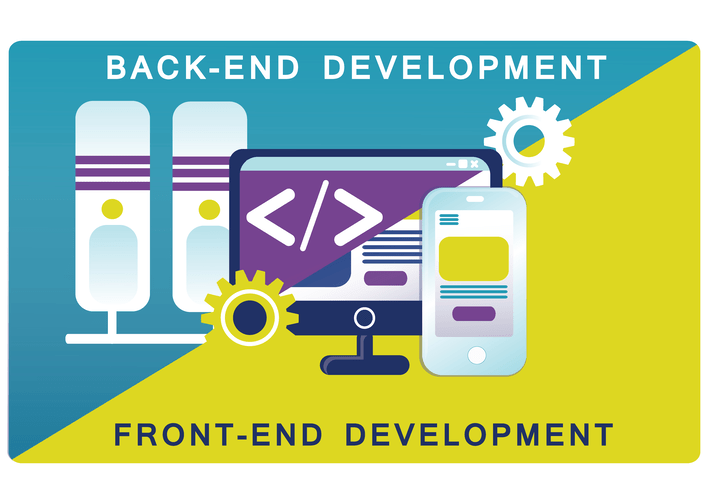
In a paper by Kiran Mysore Ravi et al., they trained a Long Short Term Memory variation on an RNN model to analyze unprocessed raw text, which allowed them to analyze diverse text datasets with a central method. [8] Similarly, in a paper by Chanzheng Fu et al., the researchers evaluated their metadialog.com new memory neural network model, which outperformed an existing neural network variation. [6] However, whereas Ravi et al. used n-grams to rank similarity in the text, Fu et al. deviate from the n-grams method, which they believe is becoming less relevant as network science methods improve.

Overall, text analysis has the potential to be a valuable tool for extracting meaning from unstructured data. As technology continues to evolve, it will become an even more powerful tool for a wide range of applications. Leser and Hakenberg [25] presents a survey of biomedical named entity recognition. The authors present the difficulties of both identifying entities (like genes, proteins, and diseases) and evaluating named entity recognition systems.
An OCR Pipeline and Semantic Text Analysis for Comics
As text semantics has an important role in text meaning, the term semantics has been seen in a vast sort of text mining studies. However, there is a lack of studies that integrate the different research branches and summarize the developed works. This paper reports a systematic mapping about semantics-concerned text mining studies.

Two flaws we encountered in the resultant communities were that the texts in the largest community didn’t seem related, with titles like “good”, “nice”, and “sucks” or “lovely product” and “average” together in the same community. We also saw many communities that were similar to other communities in the network, such as a community with variants of “value for money” versus a community with variants of “value of money”. We hypothesized that fluff words like “for” and “of” were separating communities that expressed the same sentiment, so we implemented a portion of preprocessing that removed fluff words like “for”, “as”, and “and”.
ChatGPT Prompts for Text Analysis
Another reason behind the sentiment complexity of a text is to express different emotions about different aspects of the subject so that one could not grasp the general sentiment of the text. An instance is review #21581 that has the highest S3 in the group of high sentiment complexity. Overall the film is 8/10, in the reviewer’s opinion, and the model managed to predict this positive sentiment despite all the complex emotions expressed in this short text.

The PSS and NSS can then be calculated by a simple cosine similarity between the review vector and the positive and negative vectors, respectively. Supervised sentiment analysis is at heart a classification problem placing documents in two or more classes based on their sentiment effects. It is noteworthy that by choosing document-level granularity in our analysis, we assume that every review only carries a reviewer’s opinion on a single product (e.g., a movie or a TV show). Because when a document contains different people’s opinions on a single product or opinions of the reviewer on various products, the classification models can not correctly predict the general sentiment of the document. By knowing the structure of sentences, we can start trying to understand the meaning of sentences. We start off with the meaning of words being vectors but we can also do this with whole phrases and sentences, where the meaning is also represented as vectors.
Examples of Semantic Analysis
The search engine PubMed [33] and the MEDLINE database are the main text sources among these studies. There are also studies related to the extraction of events, genes, proteins and their associations [34–36], detection of adverse drug reaction [37], and the extraction of cause-effect and disease-treatment relations [38–40]. Methods that deal with latent semantics are reviewed in the study of Daud et al. [16].
- The high interest in getting some knowledge from web texts can be justified by the large amount and diversity of text available and by the difficulty found in manual analysis.
- Text mining is a process to automatically discover knowledge from unstructured data.
- The semantic analysis uses two distinct techniques to obtain information from text or corpus of data.
- Therefore, it was expected that classification and clustering would be the most frequently applied tasks.
- Since we worked with user-inputted review titles, our dataset may show patterns unique to natural language text.
- This tool is capable of extracting information such as the topic of a text, its structure, and the relationships between words and phrases.
Relationship extraction is used to extract the semantic relationship between these entities. But in order to gain valuable insights from surveys, feedback forms, and reviews, you need to sort and analyze mountains of text data—but spreadsheets aren’t cutting it. It is the computationally recognizing and classifying views stated in a text to assess whether the writer’s attitude toward a specific topic, product, etc., is negative, positive, or neutral.
Which algorithm is used for sentiment analysis?
Thus, machines tend to represent the text in specific formats in order to interpret its meaning. This formal structure that is used to understand the meaning of a text is called meaning representation. It’s an essential sub-task of Natural Language Processing (NLP) and the driving force behind machine learning tools like chatbots, search engines, and text analysis. However, machines first need to be trained to make sense of human language and understand the context in which words are used; otherwise, they might misinterpret the word “joke” as positive.
- Semantic analysis refers to a process of understanding natural language (text) by extracting insightful information such as context, emotions, and sentiments from unstructured data.
- For example, the stem for the word “touched” is “touch.” “Touch” is also the stem of “touching,” and so on.
- However, providing guidelines for measuring similarity between phrases is difficult.
- These entities are connected through a semantic category such as works at, lives in, is the CEO of, headquartered at etc.
- Their experiments used the degree distribution and clustering statistics to categorize the text in the semantic network, and found that networks can improve efficiency in text analysis.
- However, the participation of users (domain experts) is seldom explored in scientific papers.
OWL has benefits over other structure languages in that OWL has more facilities to express meaning and semantic than XML and RDF / s. Ontologies built using RDF, OWL etc. are linked in a structured way to express semantic content explicitly and organize semantic boundaries for extracting concrete information (Kalra & Agrawal, 2019). Finally, there’s also the challenge of disambiguating general types of entities (such as people, organizations and locations), which often trip machines over. For example, most people interested in baseball will easily understand that the news title “Red Sox Tame Bulls” refers to a baseball match.
Semantic Text Analysis / Artificial Intelligence (AI)
The authors present a chronological analysis from 1999 to 2009 of directed probabilistic topic models, such as probabilistic latent semantic analysis, latent Dirichlet allocation, and their extensions. Automated semantic analysis works with the help of machine learning algorithms. Several companies are using the sentiment analysis functionality to understand the voice of their customers, extract sentiments and emotions from text, and, in turn, derive actionable data from them. It helps capture the tone of customers when they post reviews and opinions on social media posts or company websites. Based on English grammar rules and analysis results of sentences, the system uses regular expressions of English grammar.
- This work provides the semantic component analysis and intelligent algorithm structure in order to investigate the intelligent algorithm of sentence component-focused English semantic analysis.
- In that case it would be the example of homonym because the meanings are unrelated to each other.
- Both polysemy and homonymy words have the same syntax or spelling but the main difference between them is that in polysemy, the meanings of the words are related but in homonymy, the meanings of the words are not related.
- We know what Shanghai is because it links to the GeoNames ID of that city and we can also infer that it’s located in the People’s Republic of China.
- The semantic analysis focuses on larger chunks of text, whereas lexical analysis is based on smaller tokens.
- When machines are given the task of understanding a sentence or a text, it is sometimes difficult to do so.
In this paper, the researchers assessed the reading comprehension of texts in classrooms by matching students’ annotated texts to a knowledge base. By tracking text annotations in semantic networks, the researchers found that teachers could assess student comprehension more quickly and objectively. We chose this article because we wanted to find research examples where text categorization techniques were applied to a semantic network.
Building Blocks of Semantic System
Although there is not a consensual definition established among the different research communities [1], text mining can be seen as a set of methods used to analyze unstructured data and discover patterns that were unknown beforehand [2]. Semantic analysis, a natural language processing method, entails examining the meaning of words and phrases to comprehend the intended purpose of a sentence or paragraph. It allows computers to understand and interpret sentences, paragraphs, or whole documents, by analyzing their grammatical structure, and identifying relationships between individual words in a particular context. In semantic analysis, word sense disambiguation refers to an automated process of determining the sense or meaning of the word in a given context.
What are examples of semantic data?
Employee, Applicant, and Customer are generalized into one object called Person. The object Person is related to the object's Project and Task. A Person owns various projects and a specific task relates to different projects. This example can easily assign relations between two objects as semantic data.
What is text semantics?
Textual semantics offers linguistic tools to study textuality, literary or not, and literary tools to interpretive linguistics. This paper locates textual semantics within the linguistic sphere, alongside other semantics, and with regard to literary criticism.






